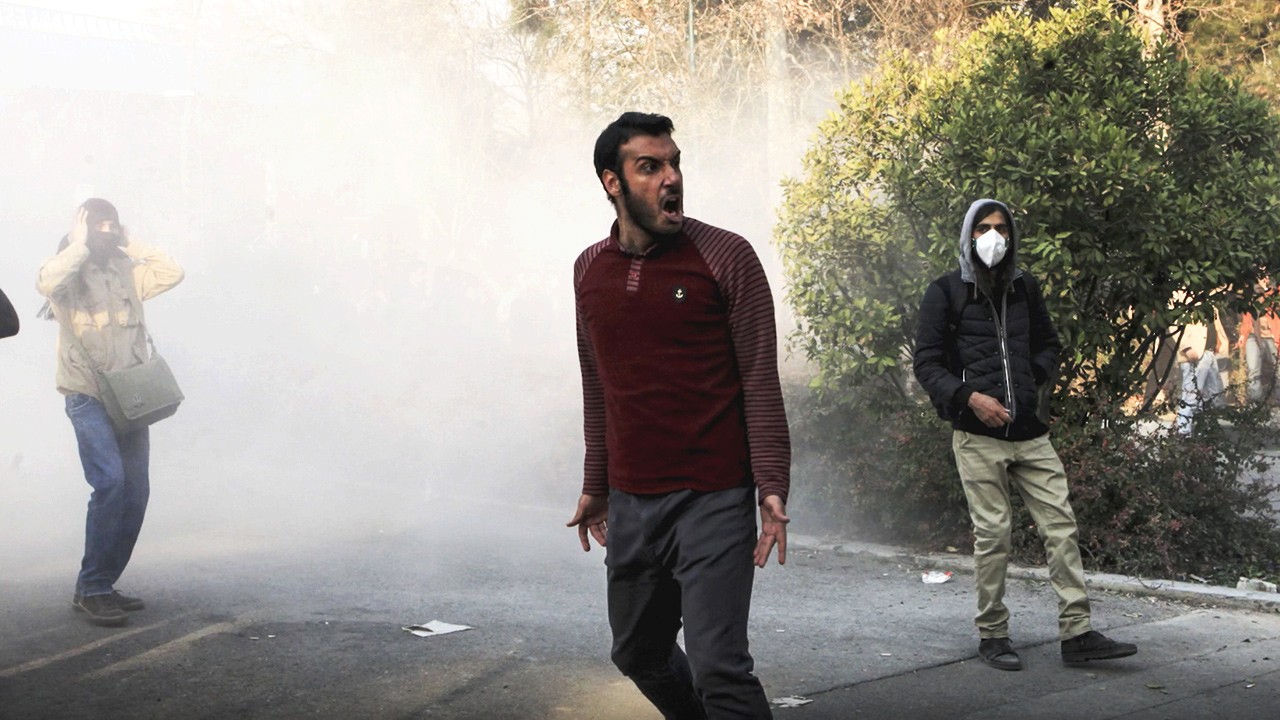This article originally appeared on VICE News.Iran deployed its fearsome Revolutionary Guards on Wednesday to try to quell ongoing anti-government protests that have roiled the country since last Thursday. Calling the demonstrations “the new sedition,” the Revolutionary Guards commander sent his elite troops to Iran's most restive regions.The forceful response indicates Tehran's grave concern about the potency of the protests, and with good reason: They’re the largest demonstrations the country has seen in nearly a decade.And unlike the Green Movement in 2009 — which was driven by accusations of fraudulent election results — these anti-government protests have been fueled by popular outrage over a crumbling economy and corruption among the country's top leaders. This time around, as the grassroots demonstrations have gained steam, citizens have demanded that both the president and the country’s supreme cleric step down.But the government isn’t just cracking down on the unrest in the streets. Authorities have also shut down access to Instagram, along with a free messaging app that’s become especially popular in countries where censorship is a big problem. It’s called Telegram.Because Facebook and Twitter have been blocked in Iran since 2009, Iranians have mostly been relying on Telegram to spread messages about upcoming protests and share images from demonstrations. And its impact has been felt: In a country of 80 million people, Telegram has 40 million users.
